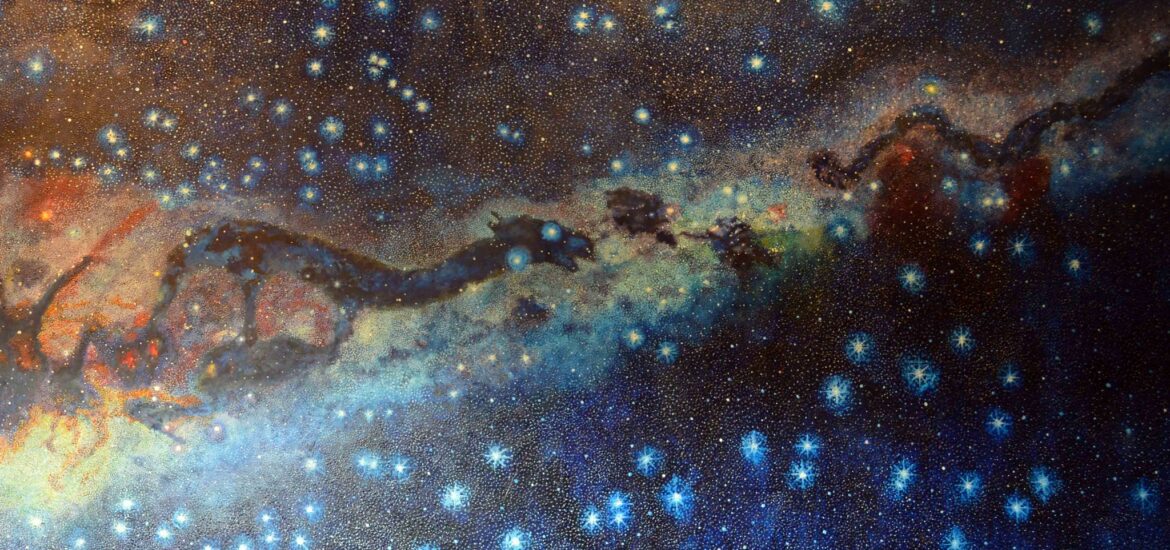Astronomy is one of the earliest sciences that people have explored. The celestial bodies help us understand the universe and how it evolves, so people have looked to the stars for answers about life and our planet for centuries.
One of these people were the Incas, who had a unique and magical view of the cosmos, linking mankind and the universe through their knowledge of astronomy. Stay with us to find out the secrets about Inca astronomy on this blog.
Inca Beliefs related to constellations
During the Inca civilization, stars and constellations were an important part of people’s daily lives. It shaped their stories, beliefs, and farming practices. This knowledge was thanks to other former cultures, such as Nazca, Chavin, or Huari. The Incas also had a deep connection with the sun, as they called themselves “children of the sun.”
Incas believed their emperor was a direct descendant of Inti, the sun god, which helped him gain respect as a leader. Incas even guided their agricultural activities through the sun, because they created a solar calendar.
The Link Between Beliefs and Agriculture Through Astronomy
The Inca calendar system relied on astronomy linking their religious festivals to farming. The Sun’s position acted as a clock pointing to the right time for planting, harvesting, and celebrating. Some major festivals included:
Inti Raymi (June winter Solstice): This vibrant celebration also known as the festival of the Sun celebrates the sun’s return. The Inti Raymi was a time to express gratitude for the harvests people enjoyed and to wish for more success in the future.
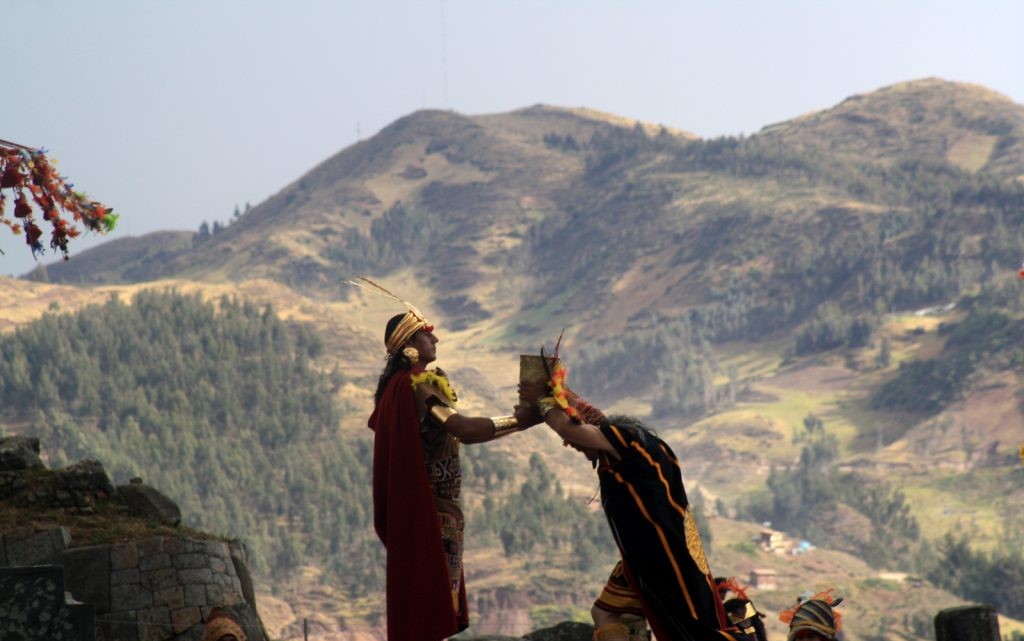
Pilgrims from all corners of the empire gathered in Cusco for this joyful event. Currently, people celebrate this event on June 24, it’s the main day for cusqueños as it remembers an important part of their culture. Also, we can affirm it’s a cherished part of Peruvian culture.
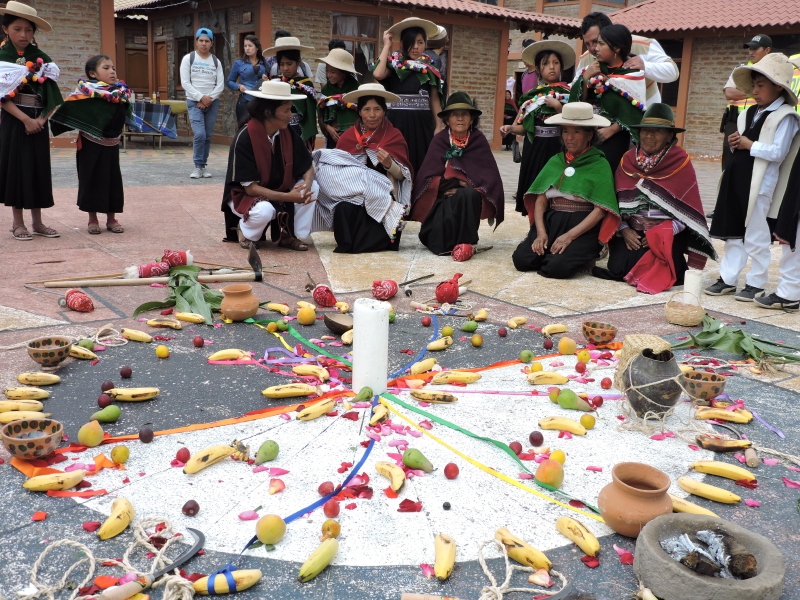
Capac Raymi (December Solstice): This festival is a wonderful occasion to honor the start of a new growing season. It celebrates the germination of crops, including special coming-of-age ceremonies for young nobles, marking a key milestone in their lives.
Observatories in Inca times

Incas built temples and shrines, known as “huacas”, that were carefully aligned with the movement of the sun. One proof of the Incas’ astronomical prowess is Machu Picchu, where you can find an “intihuatana,” a sacred stone in Machu Picchu.
This structure, which means “the place where the sun is tied,” served as a solar clock. This clock helped the Incas track the solstices and equinoxes, which were vital for their agricultural calendar. These events guided when to plant and harvest crops.
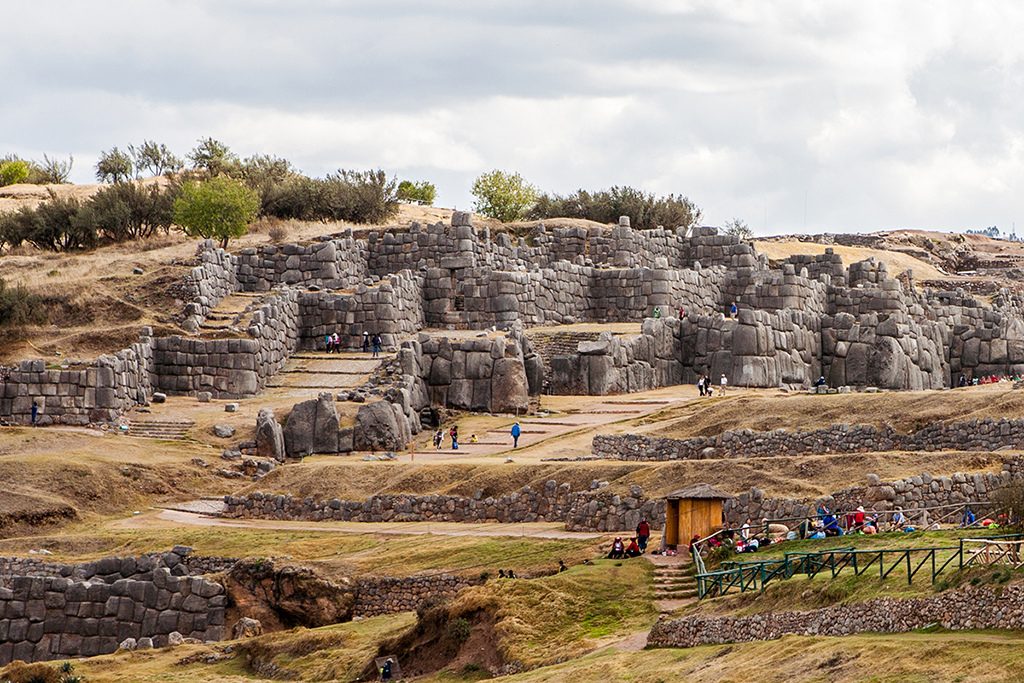
In Sacsahuaman, a Cusco archaeological site, the shape of a puma’s head aligns perfectly with the sunrise during the December solstice. This shows how much they valued solar worship. Similarly, Tambomachay features beautiful waterworks and terraces, also facing the December solstice sunrise, creating a peaceful atmosphere.
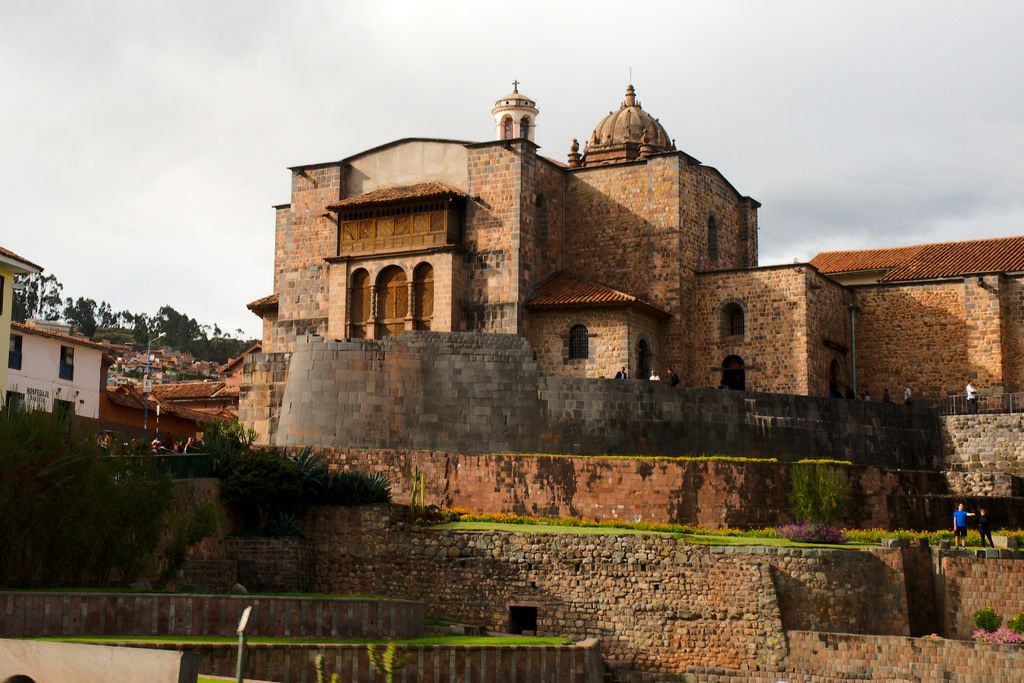
Cusco’s Coricancha, also known as the temple of the sun served as a solar observatory, helping them predict changes in the seasons. All of these architectural marvels were crucial for their agricultural calendar, which later had an impact on the empire’s activities.
The Milky Way and the Incas
While European astronomy often highlights zodiac constellations, the Incas had a unique perspective. In Inca astronomy, the Milky Way, called “Hatun Mayu”, was seen as a magical reflection of the sacred river “Wilca Mayu”, which flows through the beautiful Sacred Valley.
The different positions of the Hatun Mayu were very important for finding the main directions of the “Tahuantinsuyo,” the Inca Empire, north, south, east, and west. This setup also connected the “suyos” (regions) to the capital, giving each one a special and meaningful role in the Inca Empire.
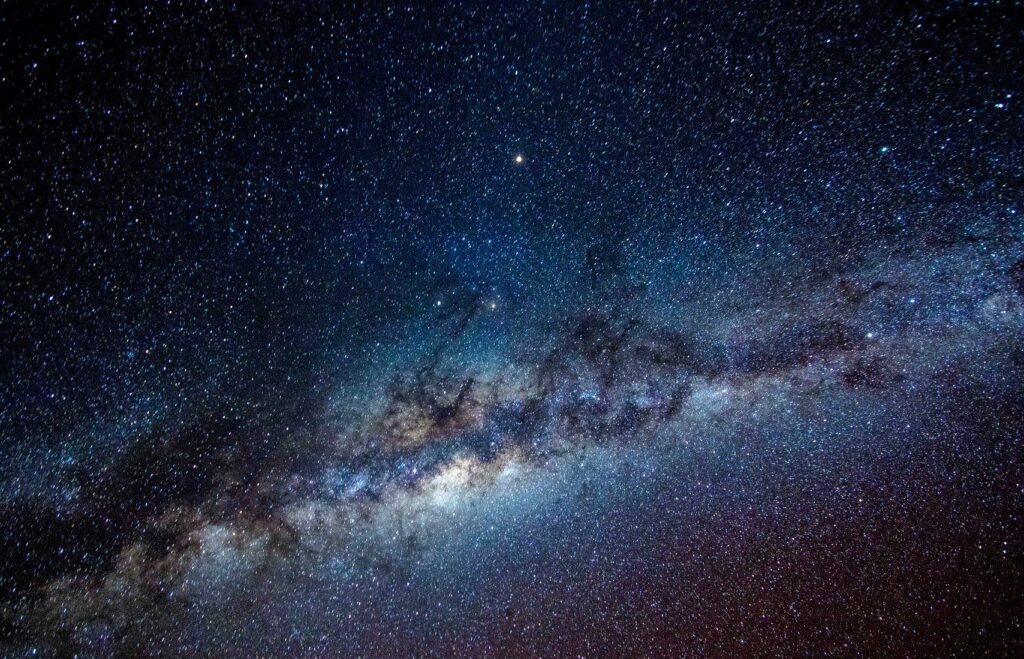
That’s why, Cusco was seen as the “navel of the world”, an important link for all. The Incas had a great admiration for the night sky, as they believed that the dark spaces without stars represented mythical animals. They saw in the night sky shapes like llamas, serpents, and toads in these gaps, which held spiritual meanings for them.
The Milky Way’s position during the solstices reminded them of the seasonal changes in water flow, connecting their dry and rainy seasons in a meaningful way. All of this shows us the great and deep Incas’ astronomical knowledge, as they were one of the first astronomers in the world.
Constellations identified by the Incas
In Inca astronomy, various stars and constellations were celestial phenomena were associated with significant animals and symbols:
1. Micheq | The Shepherd
Many say the shepherd is a woman because, in Andean communities, women own the herds while men care for them. This shepherd stretches their arms toward the llamas, while their legs are near the fox’s claws.
2. Atoq | The Fox
The fox is positioned at the llama’s feet as if chasing it. Look closely: the celestial llama appears to be kicking the fox. The sun passes through this constellation in December, a time when fox cubs are born.
3. Llamacñawin with Uñallamacha | Llama’s Eye with Llama Calf
This was the most important Inca constellation. The bright stars Alpha and Beta Centauri are the eyes of the llamas, easily visible in November when the constellation rises. It represents two llamas: the mother and the calf nursing beneath her.
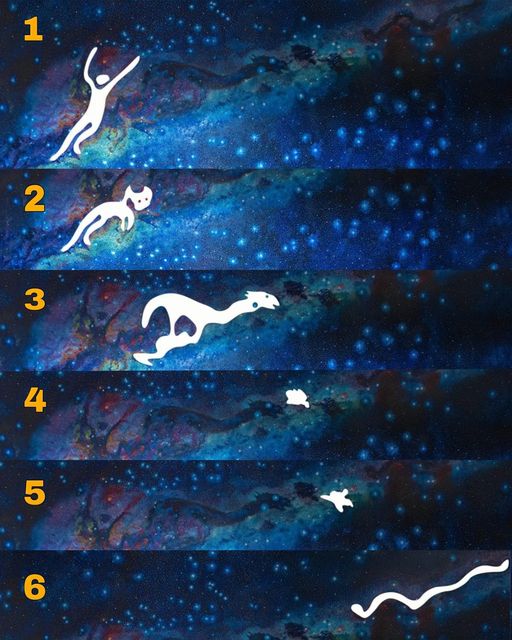
4. Yutu | Tinamou
The Tinamou is a bird from the partridge family. In Inca astronomy, this comet-shaped constellation appears to chase the constellation of the toad (tinamous feed on small frogs and lizards). It emerges in the sky in October and is visible until July, its disappearance marking the end of the potato harvest.
5. Hanp’atu | The Toad
The toad was a significant animal for the Incas. They believed that the more toads croaked, the higher the likelihood of rain. The toad’s appearance in the sky signaled the beginning of the planting season.
6. Mach’acuay | The Snake
Mach’acuay was the guardian of all snakes on Earth. This constellation rises in August (with the head appearing first) and starts to set in February, coinciding with the activity of real snakes in the Andes.
Legacy
In conclusion, the Inca beliefs, cosmovision, and how they saw the sun, moon, and stars invite us to explore their amazing ancient culture. There is so much to discover about the Incas and their way of seeing the universe. Thanks to their vast and admirable legacy, you can visit places like Machu Picchu, the Scared Valley, Coricancha, and more, where you can get closer to constellations and feel their power.
This incredible architectural legacy tells us stories of how still the stars keep leading Andean people’s lives. This living proof also shows us how advanced and wise were our ancestors compared to other peoples at the time.
We hope you have enjoyed learning about the rich history, wisdom, and observations of the Incas, and we hope also you can visit the places we mentioned before. Don’t forget that Viagens Machu Picchu offers trips to Peru, the Andes, and all the destinations we discussed in this blog.
Contact us to take the first step into your adventure to Peru. See you soon in Peru, and may the stars always guide your way!
Viagens Machu Picchu, journeys that inspire, moments that last.

